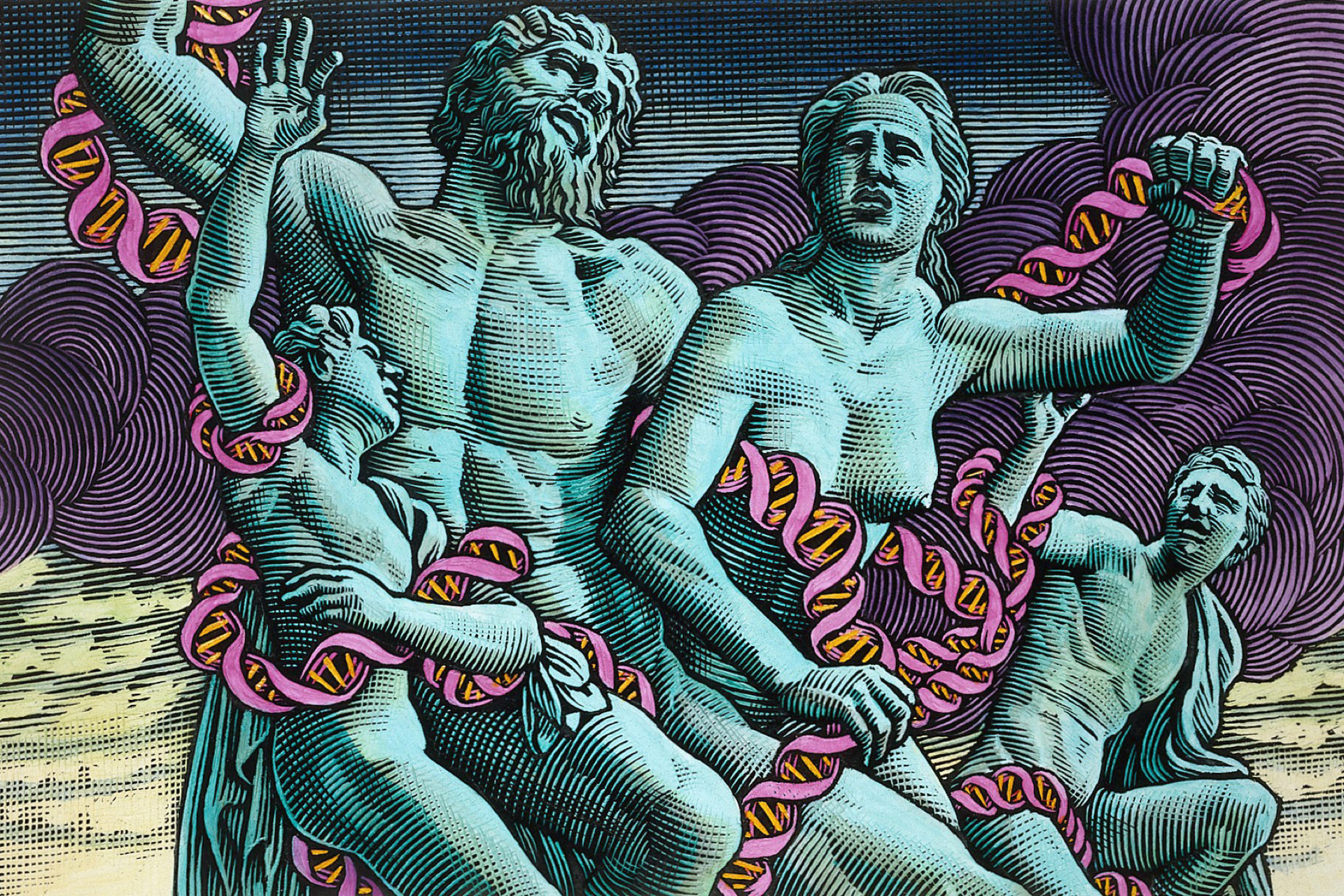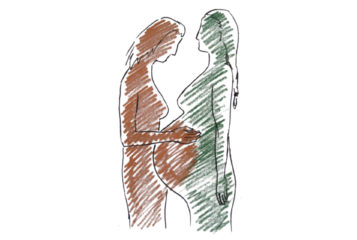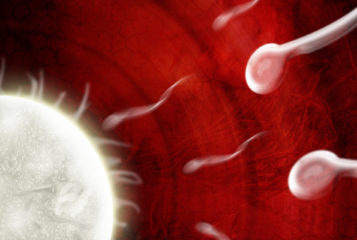Birth registration is a topic that appears frequently in BioNews. This is perhaps not surprising given the challenges that developments in assisted and collaborative reproduction present for the current system of birth registration. For example, there is no scope to register more than two legal parents on a birth certificate, and in cases of surrogacy or donor conception some people may feel that 'inaccurate' information has been recorded. However, despite this news coverage, it came as a surprise to many when the Law Commission mooted a project on birth registration and birth certificates as a potential for its 13th Programme of Law Reform (1).
This appears to be the first time that official consideration has been given to legal reform in this area since nearly a decade ago, when the Joint Committee scrutinising the Human Tissues and Embryos (Draft) Bill (2007) recommended 'as a matter of urgency' that the government should give consideration to the rights of donor-conceived children to information held by state authorities, including that which appears on birth certificates (2).
Happily, the Law Commission is proposing a project that is significantly wider in possibility than the Joint Committee's recommendation. As well as a series of specific questions about the information which may or may not be appropriate to record on a birth certificate – from the occupation and marital status of the parents, to whether bio-genetic parentage should always be recorded, to whether the registration of more than two parents should be facilitated, and how the gender of intersex children should be registered – the Law Commission has underpinned its consultation with two other more general questions: what is the purpose of a birth certificate, and for what reason and for whose benefit is the record kept?
While I am aware that many people have advocated for and will eagerly await specific changes to the form of birth registration, for me, these latter two questions are much more important and go some way to pitching the right scope for any progressive and ultimately useful law reform project. When it comes to Law Commission projects, there is always the risk of casting the net too narrowly so that it becomes impossible to effectively consider defined issues without also considering the wider legal context within which they are located. The current system has its roots in the early Victorian era, and is remarkably similar to the system that was introduced by the Births and Deaths Registration Act 1836. Indeed, the current legislation governing birth registration – the Births and Deaths Registration Act 1953 – rather quietly celebrated its diamond anniversary around the same time as Queen Elizabeth II. This legislation has seen little by way of reform, and in comparing my birth certificate with that of my mother (who is not yet a sexagenarian) there is very little difference in the information recorded, not least because I was born before 1986, which is when the mother's occupation started to be recorded as well as the father's (3). However, other than permitting two female parents to be named on the birth certificate, the information recorded has remained fairly constant.
While birth registration may be fairly straightforward for a lot of people, it seems to be an increasingly 'unstraightforward' procedure for many. Given that civil birth registration is compulsory, this is highly problematic. But effective reform cannot be implemented without asking wider questions as to the role and purpose of birth registration in contemporary society, as opposed to a past era. Other important questions to be addressed include how the current system sits in relation to the information which the modern state holds on individuals in other administrative, statistical, biometric and healthcare databases, not to mention questions around whether a paper-based, as opposed to an electronic-based system remains the most suitable for contemporary society.
In the decade that has passed since the Joint Committee made its recommendation, there have been more and more formal challenges to the current system of birth registration, from Emma Cresswell's successful campaign to have her birth certificate reissued without the name of the man recorded as her 'father' after he disclosed during an argument that she had been conceived through sperm donation (4, see BioNews 769), to a challenge from a trans woman known as JK to the legal requirement that she be recorded as 'father' on her children's birth certificates, given that she was, in the absence of a Gender Recognition Certificate, still legally regarded as male (5). In the first of these challenges, conception was through clinically assisted means, while in the latter, conception occurred naturallt prior to JK's female hormonal treatment.
I use these examples to emphasise that while the advent of new reproductive techniques and newly visible collaborative family forms seem like they present the most direct challenges to the purpose and form of birth registration and certificates, challenging encounters with the current birth registration system are in fact much wider in scope. Although we have little, if any, sustained qualitative research on the meaning that birth registration holds for individuals, and why it seems to be increasing in significance – both in administrative and ritualistic terms – we can identify a common theme in the various legal challenges; namely, that people regard the information that is recorded as subjectively 'inaccurate' and want it changed.
Any standardised official written record pertaining to a vital event will inevitably flatten out subjectivities and the richness of an individual's personal narrative, but some people feel this more than others. This in part relates to people's individual circumstances and family narratives not being countenanced in the standardised birth registration procedures and forms. However, I would suggest that it further relates to the multiple, and sometimes competing and contradictory understandings that people have of the purpose of birth registration. Does it record a person? An event? Legal relationships? Is it meant as a permanent record or merely as a snapshot of a particular moment in time? These questions need to be addressed if law reform in this area is to be principled and forward looking, rather than merely piecemeal and reactionary.
It is therefore very welcome to see the Law Commission consider this important area as a possibility for its forthcoming programme. Reforming birth registration law will have consequences for other substantive areas of law, particularly family law – where birth registration is increasingly seen as a social policy tool to help facilitate a parent's relationship with a child – and citizenship law. This inevitably adds to the complexity of the project. However, while there will undoubtedly be a huge number of proposed areas for the 13th Programme (7), many of which will seem worthy of reform, how many will involve a compulsory procedure that has remained fairly stagnant since the early 19th Century, despite massive changes in family life and understandings of gender, as well as modern state bureaucracy?
Sources and References
-
2) House of Lords and House of Commons Committee on the Human Tissue and Embryos (Draft) Bill, 2007: 276
-
7) For 12th Programme there were 250 suggested areas during the consultation, leading to 9 new projects
-
1) 13th Programme of Law Reform
-
3) Note that no details are recorded for a bride or groom's mother. This was the subject of a recent campaign directed at MPs
-
4) Woman, 26, wins six-year battle to have name of man she thought was her father removed from her birth certificate after he admits her real dad was a sperm donor
-
5) JK v Register General for England and Wales [2015] EWHC 990
-
6a) See further Sheldon, S. (2009) 'From 'absent object of blame' to 'fathers who take responsibility': Reforming Birth Registration'
-
6b) Wallbank, J. (2009) '"Bodies in the Shadows" Joint Birth Registration, Parental Responsibility and Social Class'
-
6c) McCandless, J. (2011) 'The Changing Form of Birth Registration?'







Leave a Reply
You must be logged in to post a comment.